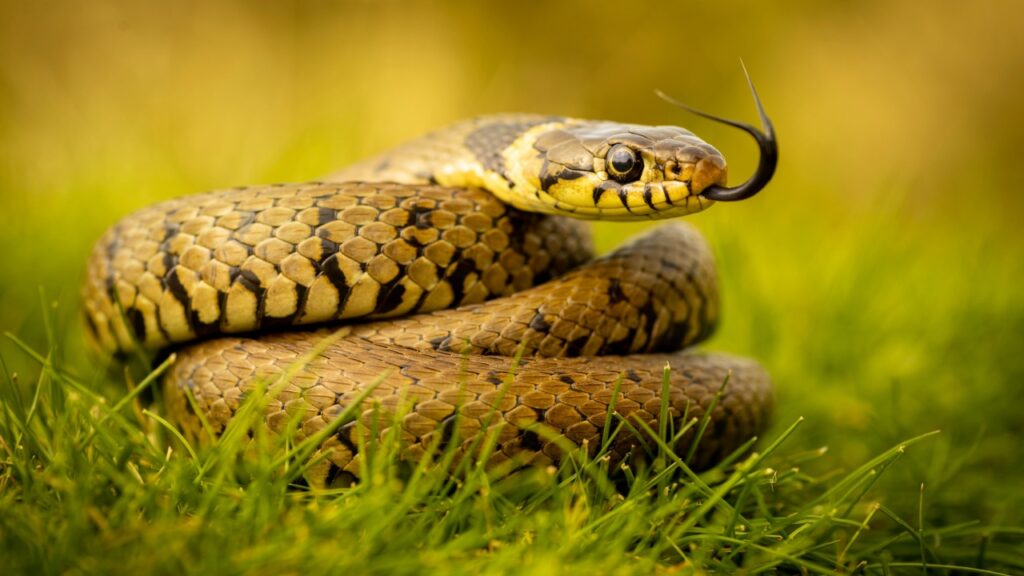In the slithering world of serpents, some snakes have developed a taste for their own kind. These ophiophagous (snake-eating) species play a crucial role in maintaining the balance of snake populations in various ecosystems. From powerful constrictors to venomous predators, let’s explore 12 fascinating snakes that have other snakes on their menu.
King Cobra
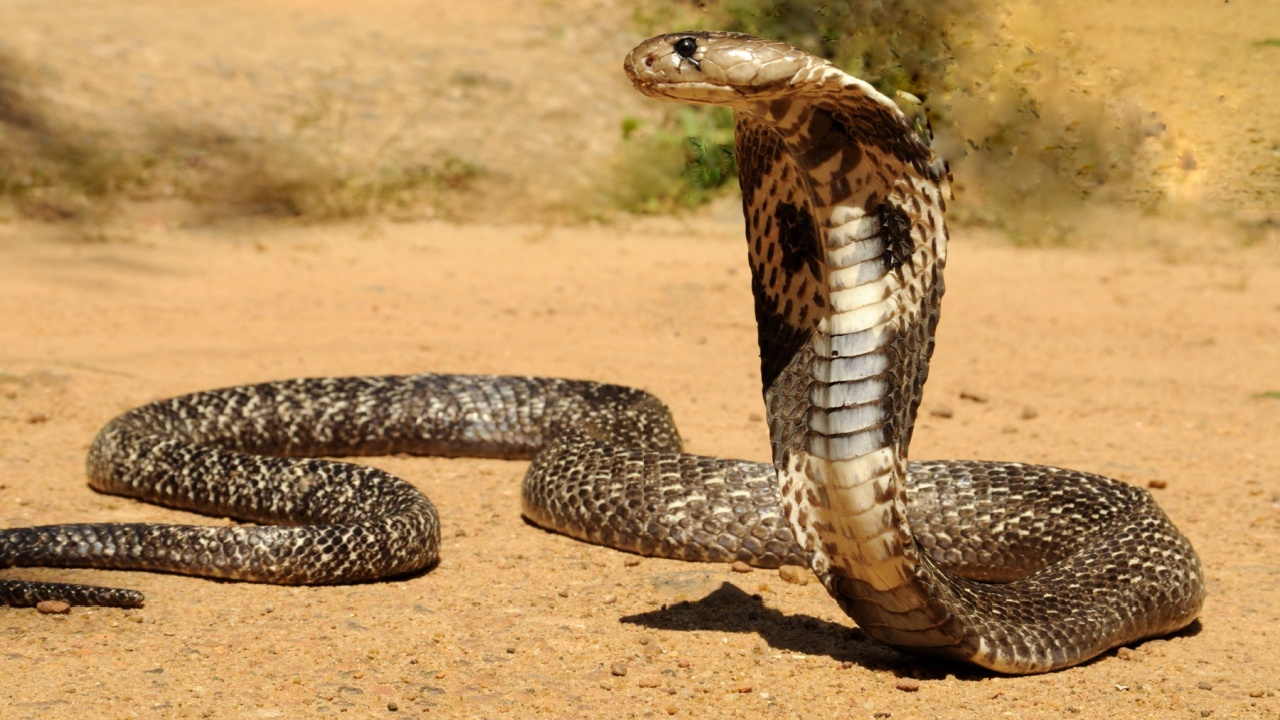
The king cobra is the longest venomous snake in the world and a formidable snake-eater. It prefers to dine on other snakes, including smaller cobras. King cobras use their potent venom to quickly subdue their prey. Their ability to raise a third of their body off the ground gives them a hunting advantage, allowing them to strike from above.
Black Mamba

Despite its reputation as one of Africa’s deadliest snakes, the black mamba occasionally preys on other snakes. These fast and agile hunters use their speed to chase down their prey. Black mambas inject a powerful neurotoxic venom that quickly immobilizes their victims. They’ve been known to eat other venomous snakes, including puff adders.
Indigo Snake

The eastern indigo snake is the longest native snake in North America and a prolific snake-eater. These non-venomous constrictors are immune to the venom of pit vipers like rattlesnakes. Indigo snakes use their strength to overpower and consume a variety of other snake species, playing a vital role in controlling venomous snake populations.
Kingsnake
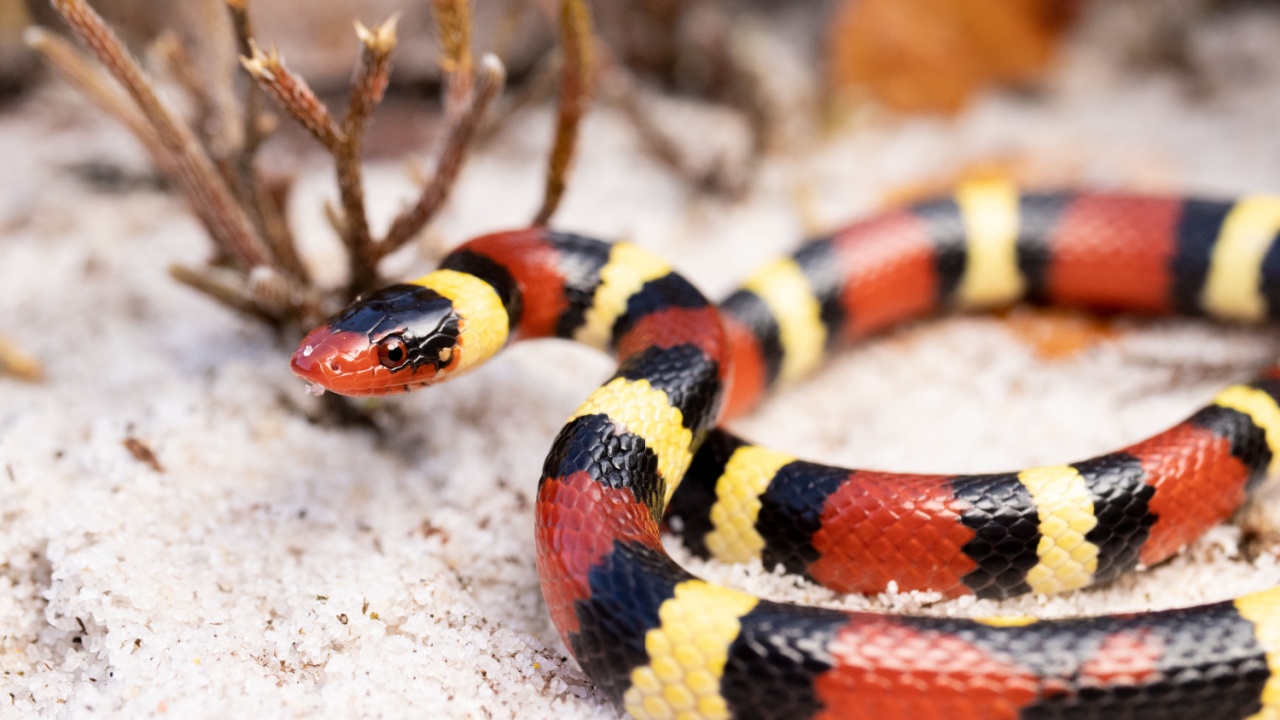
Kingsnakes are well-known for their snake-eating habits. These colorful constrictors are found throughout North and Central America. They’re immune to the venom of pit vipers and can eat snakes up to 20% larger than themselves. Kingsnakes use their powerful bodies to squeeze the life out of their prey before swallowing them whole.
Mussurana

The mussurana is a South American snake famous for its appetite for other snakes. These rear-fanged colubrids are immune to the venom of pit vipers. Mussuranas use a combination of constriction and mild venom to subdue their prey. They’re often considered beneficial because they help control populations of venomous snakes.
Vine Snake
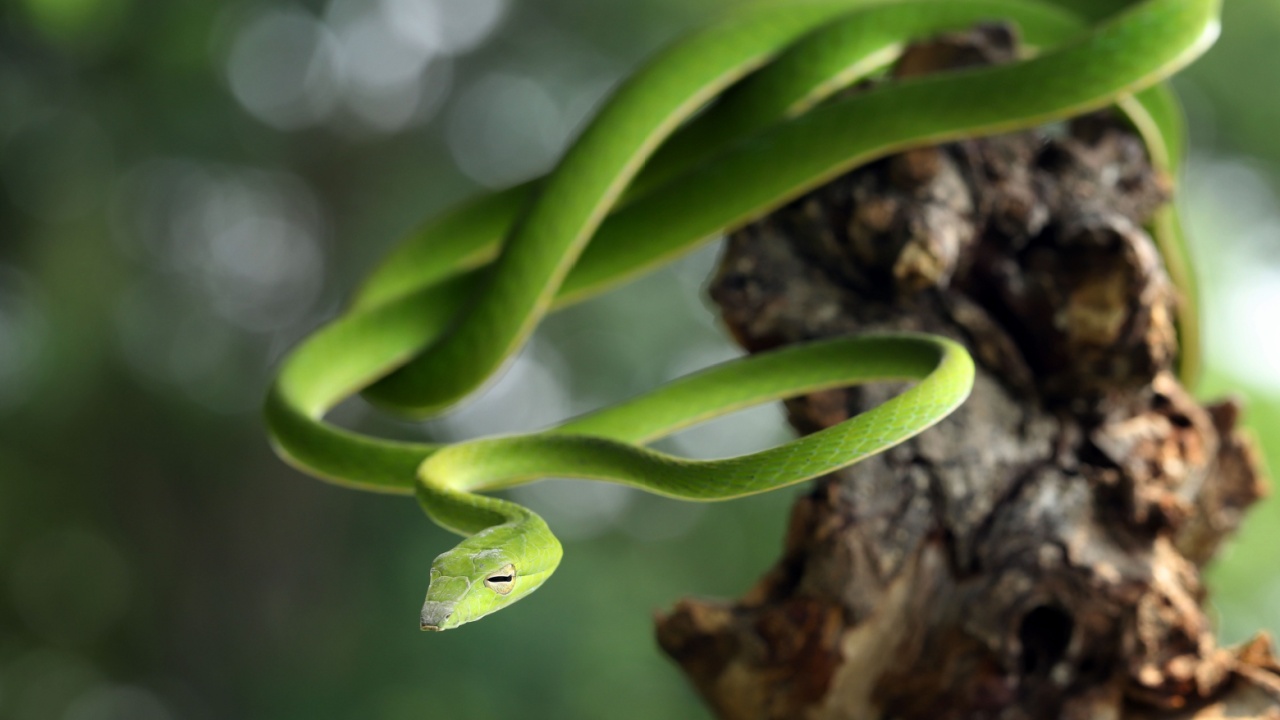
Vine snakes are slender, tree-dwelling snakes found in Asia and the Americas. These agile hunters specialize in eating other arboreal snakes. Vine snakes have excellent eyesight and use their long, thin bodies to navigate through branches. They inject a mild venom through rear fangs to subdue their serpentine prey.
Coral Snake
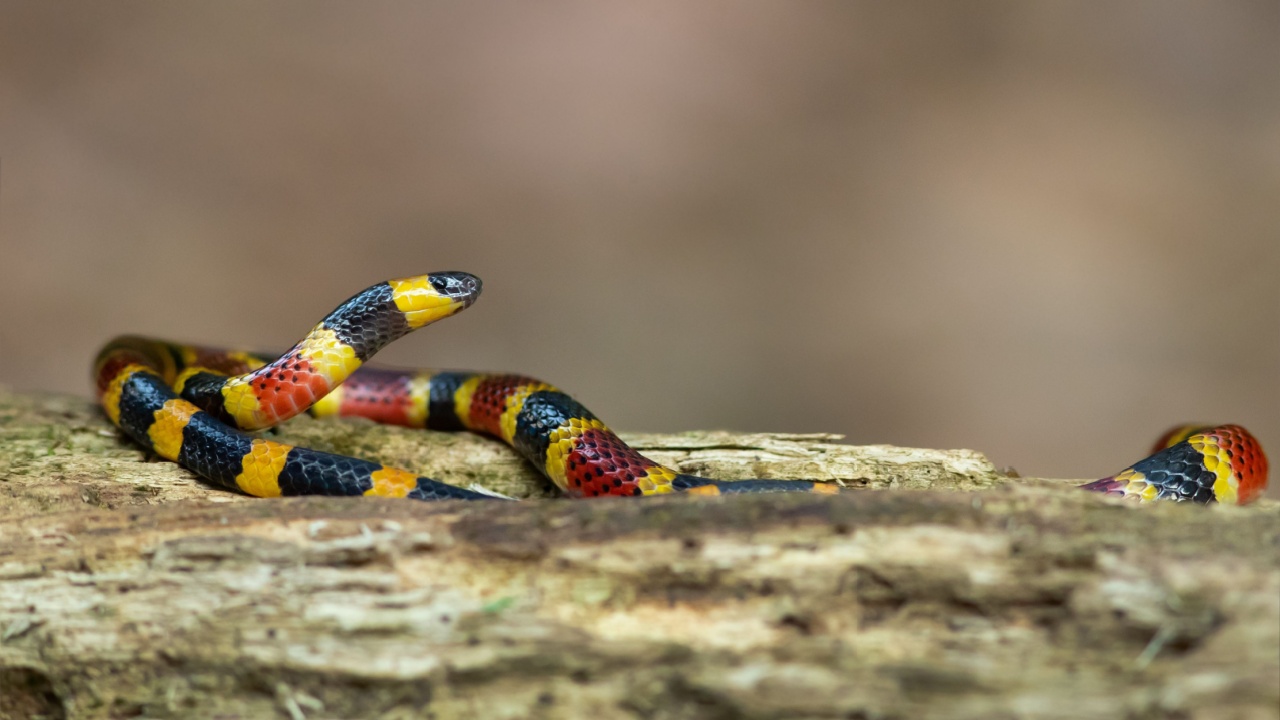
While coral snakes are known for their bright warning colors, they’re also snake-eaters. These highly venomous elapids primarily feed on other snakes and lizards. Coral snakes use their potent neurotoxic venom to quickly paralyze their prey. Their slender bodies allow them to follow other snakes into burrows and crevices.
Garter Snake
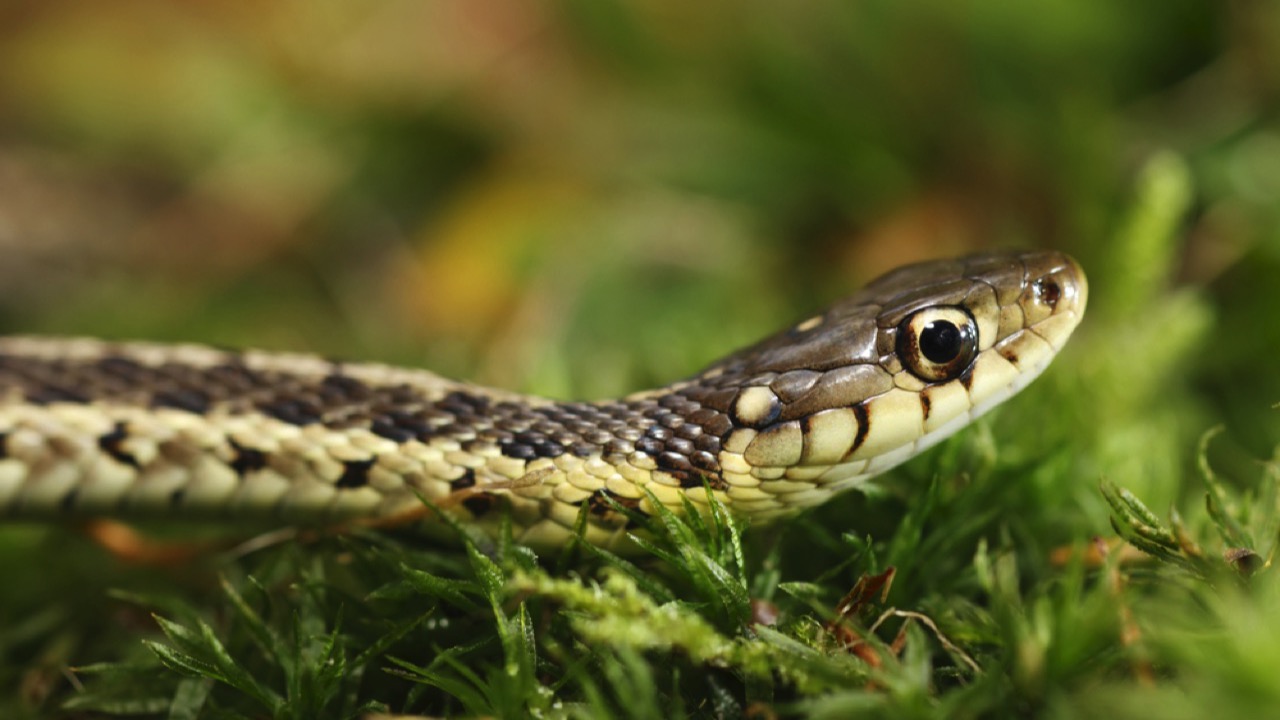
Garter snakes, common in North America, occasionally include other snakes in their diet. These small, non-venomous snakes typically eat earthworms and amphibians. However, they’ve been observed eating smaller snakes, including their own species. Garter snakes use their speed and agility to catch their prey.
Green Tree Python

The beautiful green tree python sometimes preys on other snakes. These non-venomous constrictors are ambush predators, hanging from branches in a distinctive coiled position. Green tree pythons use their excellent camouflage to surprise their prey. They quickly wrap their strong bodies around their victims, squeezing them before swallowing them whole.
Coachwhip Snake
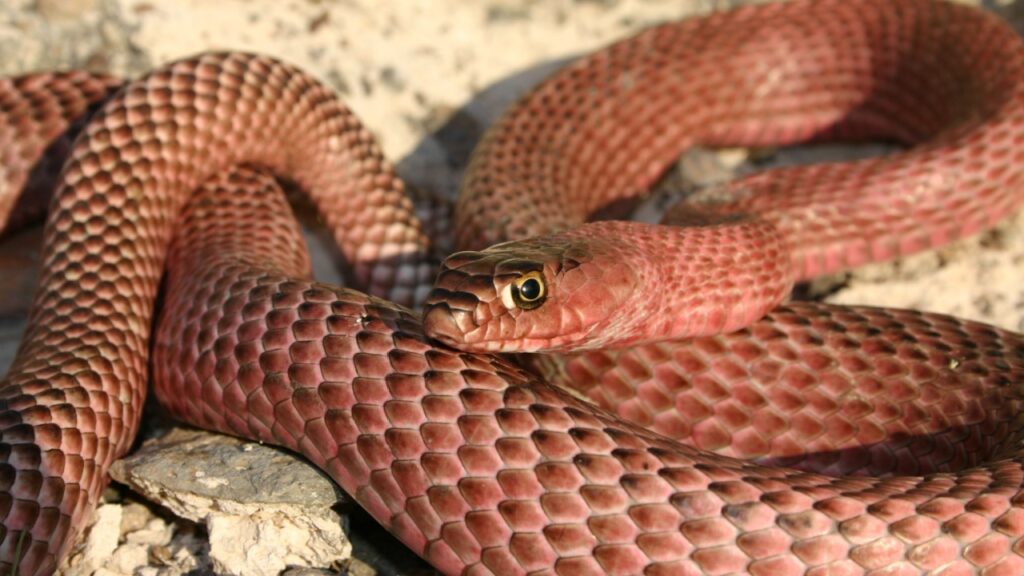
Coachwhip snakes are fast-moving hunters found in North America. These non-venomous snakes are known to eat a variety of prey, including other snakes. Coachwhips use their speed to chase down their victims. They’re not constrictors, instead relying on their strong jaws to overpower and consume their prey.
Mozambique Spitting Cobra
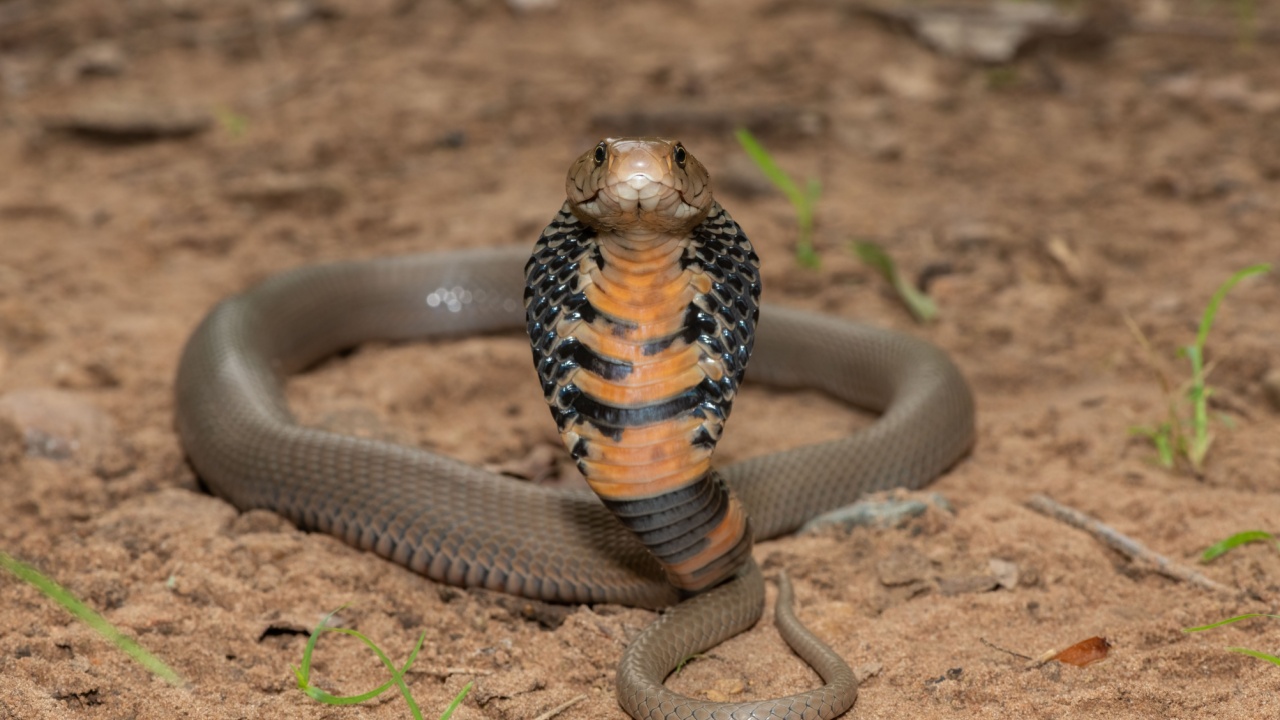
The Mozambique spitting cobra is another venomous snake that sometimes eats other snakes. These African cobras are known for their ability to spit venom at threats. When hunting snakes, they use their potent neurotoxic venom to quickly subdue their prey. Mozambique spitting cobras are opportunistic feeders and will eat a variety of snakes, including venomous species.
Timber Rattlesnake

While rattlesnakes are often prey for other snake-eating species, the timber rattlesnake occasionally turns the tables. These venomous pit vipers have been observed eating other snakes, including smaller rattlesnakes. Timber rattlesnakes use their heat-sensing pits to locate prey and their powerful venom to subdue it. Their ability to eat other snakes showcases the complex food web within snake communities.
Becky is a fervent wildlife enthusiast and pet care expert with a diploma in canine nutrition. Her love for animals stretches beyond the domestic, embracing the wild tapestry of global fauna. With over a decade of experience in animal welfare, Becky lends her expertise to OutlandishOwl through insightful articles, captivating wildlife information, and invaluable guidance on pet nutrition. Her work embodies a deep commitment to understanding the intricate lives of animals and a passion for educating others on sustaining natural habitats. Becky's hands-on conservation efforts and her knack for translating complex dietary science into practical pet feeding tips make her an indispensable voice for creatures great and small.

